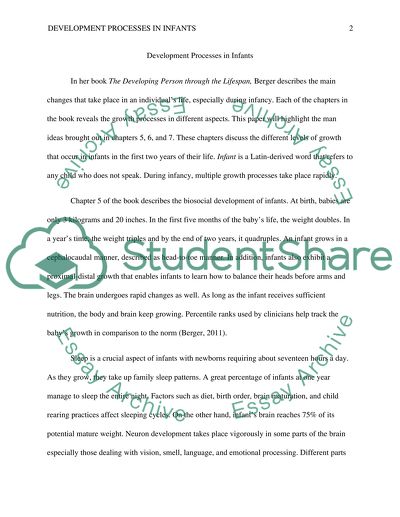Cite this document
(“Development Processes in Infants Case Study Example | Topics and Well Written Essays - 1250 words”, n.d.)
Retrieved from https://studentshare.org/literature/1458106-development-processes-in-infants
Retrieved from https://studentshare.org/literature/1458106-development-processes-in-infants
(Development Processes in Infants Case Study Example | Topics and Well Written Essays - 1250 Words)
https://studentshare.org/literature/1458106-development-processes-in-infants.
https://studentshare.org/literature/1458106-development-processes-in-infants.
“Development Processes in Infants Case Study Example | Topics and Well Written Essays - 1250 Words”, n.d. https://studentshare.org/literature/1458106-development-processes-in-infants.


